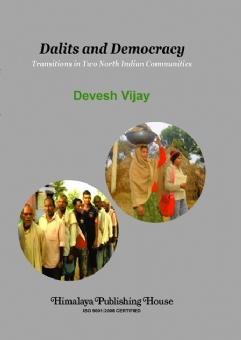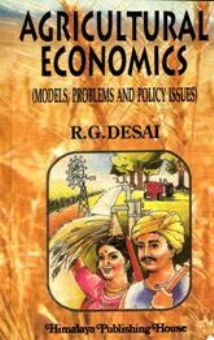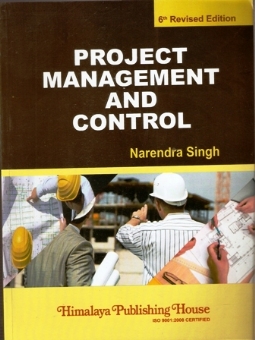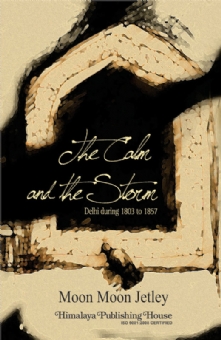Indian democracy has been acclaimed for ensuring a peaceful change of governments (both at the centre and in most states of the Union) for six-and-a-half decades even though Indian society lacks the attributes deemed essential for a stable democracy and many doubts had been expressed regarding its viability at the time of its birth. Violent insurgency does tarnish our record in some pockets yet, the general involvement of the left and the right of the political spectrum in this process and impressive participation of dalits and religious minorities appear to be heartening features of the biggest democratic exercise of the world.
While Indian elections have ensured peaceful changes in governments and also brought millions, including dalits and women, into local governance through mandatory reservations in elected bodies, the actual impact of this “deepening democracy” on traditional hierarchies and empowerment of marginalized segments is still unclear. Even more hazy, in current research on India, is the nature of attitudes that ordinary citizens specially, the ex-untouchables or dalits residing in villages and slums have towards the state and its institutions and policies and the achievements of our democracy and its alternatives. Although a number of celebrated works have been written on Indian villages and slums separately and numerous scholars have been collecting data on class, caste and gender hierarchies as also political opinions of the masses yet, comparative and long-term studies of communities using a multi-method approach to gauge the nature and limits of social and political changes among dalits residing in ‘Bharat’ (that lives with minimal infrastructure in villages and slums) have been rare.
The present work aims at addressing this gap by revisiting Aradhaknagar (a slum of about 1700 residents in east Delhi) and Dhantala (a village of about 2700 inhabitants in the Meerut district of western Uttar Pradesh) after a gap of two decades. Both these communities have a substantial segment of dalits which had been studied by me in detail in 1988-89, for my M.Phil. course work. Apart from comparing the changing economic environment and relations between castes and other social groupings in Dhantala and Aradhaknagar, the work also analyses the political practices and perceptions of dalit residents and offers 15 life sketches from across class, professions and gender divides within these groups to offer close-ups on their daily experiences and perceptions across three generations.
Contents –
Introduction
1. Mapping Aradhaknagar
2. The Economy of Dhantala
3. Changing Caste Order
4. Competing Identities
5. Power and Political Perceptions
– Images from the Field
6. Life Sketches
Conclusion
Appendix: Tables
Bibliography







